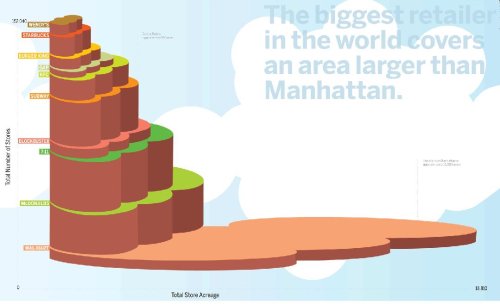In the United States, 220 million adults own 247 million vehicles. Do we really need all those cars? Many of us do. And many, I suspect, only think they do.
According to Jane Holtz Kay’s book “Asphalt Nation,” by the time you finish this sentence, [all those cars] will have traveled another “60,000 miles, used up 3,000 gallons of petroleum (products) and added 60,000 pounds of carbon dioxide to the atmosphere.”
The Orange County Register has an inspirational story about an average family (not a family of athletes or outdoor enthusiasts) that got sick of dumping money into their car, bought a couple of bikes and a bike trailer, and dove in feet-first.
Within two months they paid off two credit cards. No car meant no car bills. It also meant no quick trips to Taco Bell. No morning jolt of Starbucks. No impulse buys of jeans or toys at Target.
One day Jess had a strange complaint: too much money in her wallet and no place to put it. Erick figured out they were recouping more than a third of their income.
“It’s as if your boss came in,” he says, “and asked if you wanted a 35 percent raise.”
Sometimes I wonder what aliens arriving on Earth would think of the way we’ve let cars completely take over our landscape. I wonder if it’s even possible to measure what percentage of vehicle usage is avoidable. How much of it is necessary, how much is merely convenient but negotiable, and how much is just plain habit? For example, a lot of people seem to think they need to use a car to go on quick grocery trips, even when buying less than two bags of groceries, even when they live less than half a mile from a grocery store. A trip like that is easily done by bicycle w/backpack. But many grocery stores don’t even have bike racks outside. How did we get to this point? What will it take to get Americans to re-examine their habits? Why is the Cave family an anomaly, not the rule?
Via Neat-o-Rama



